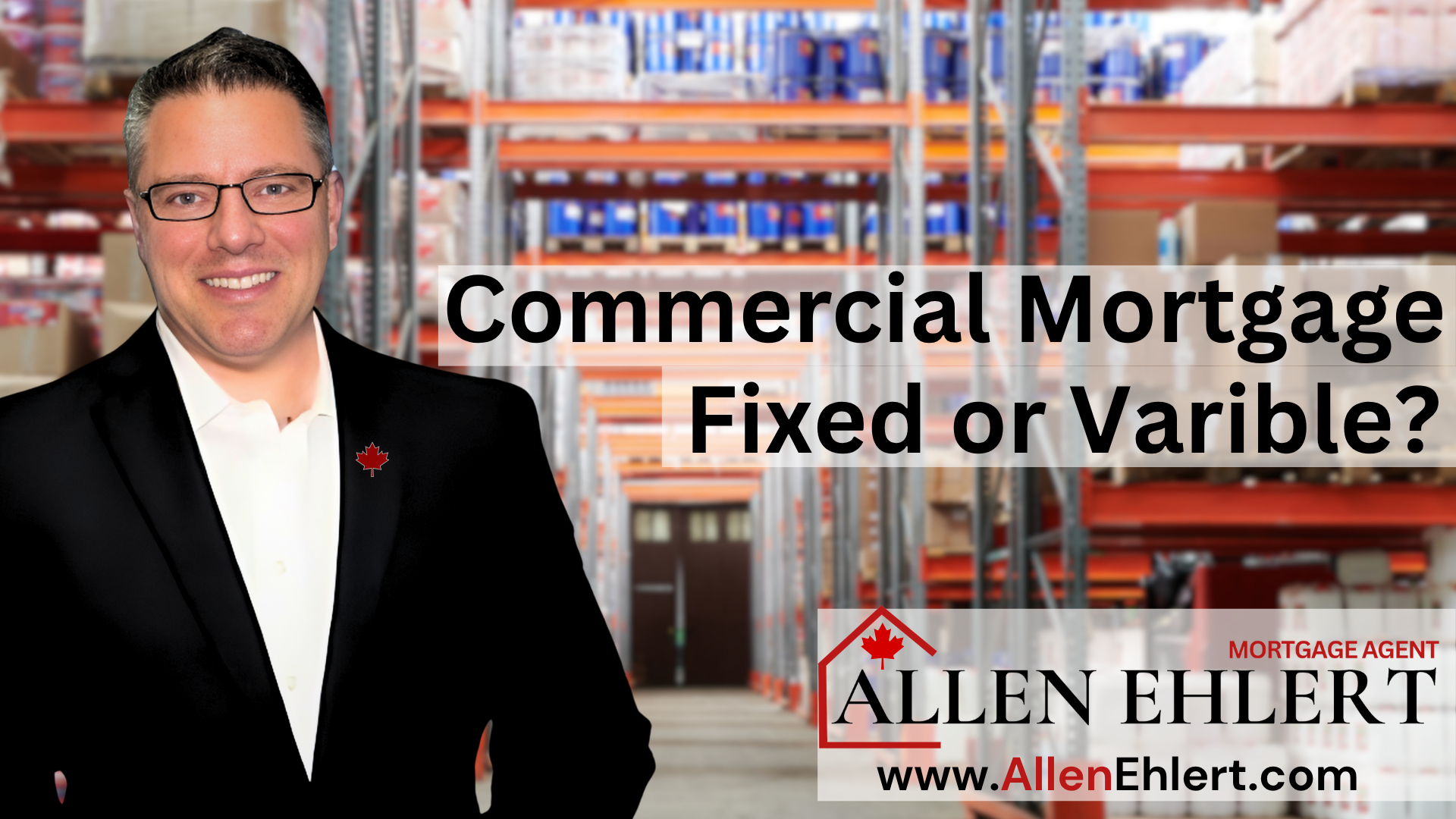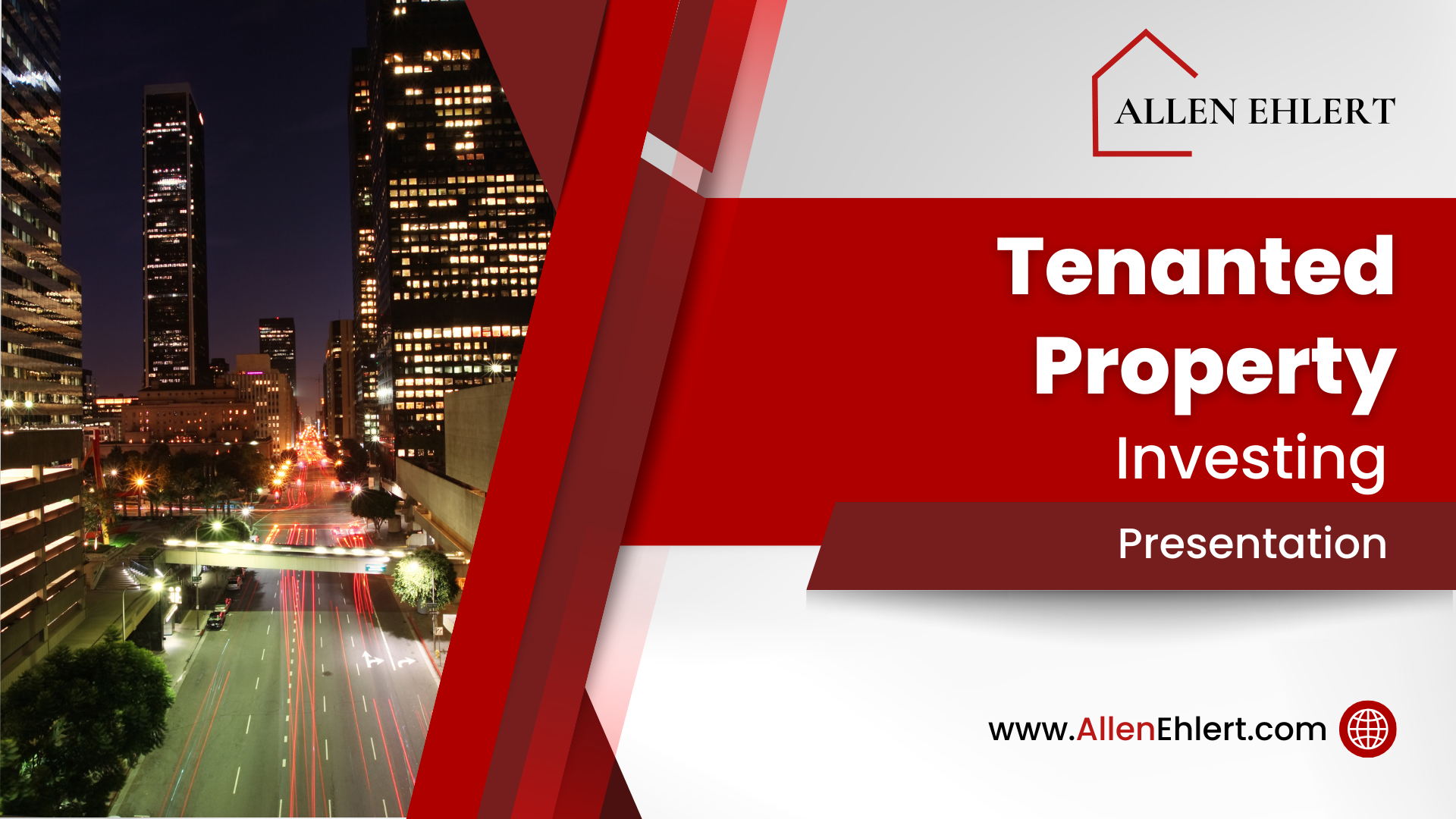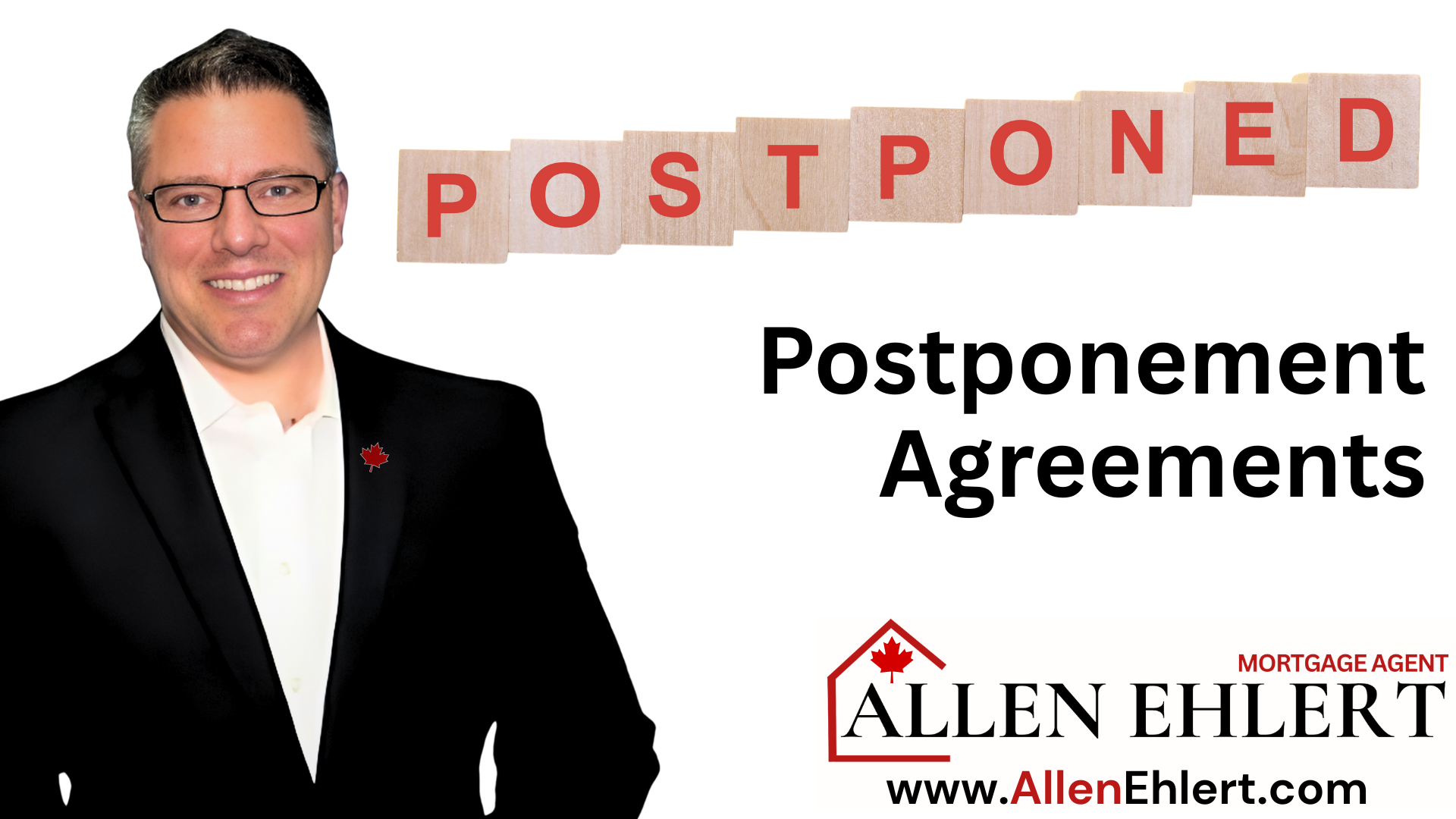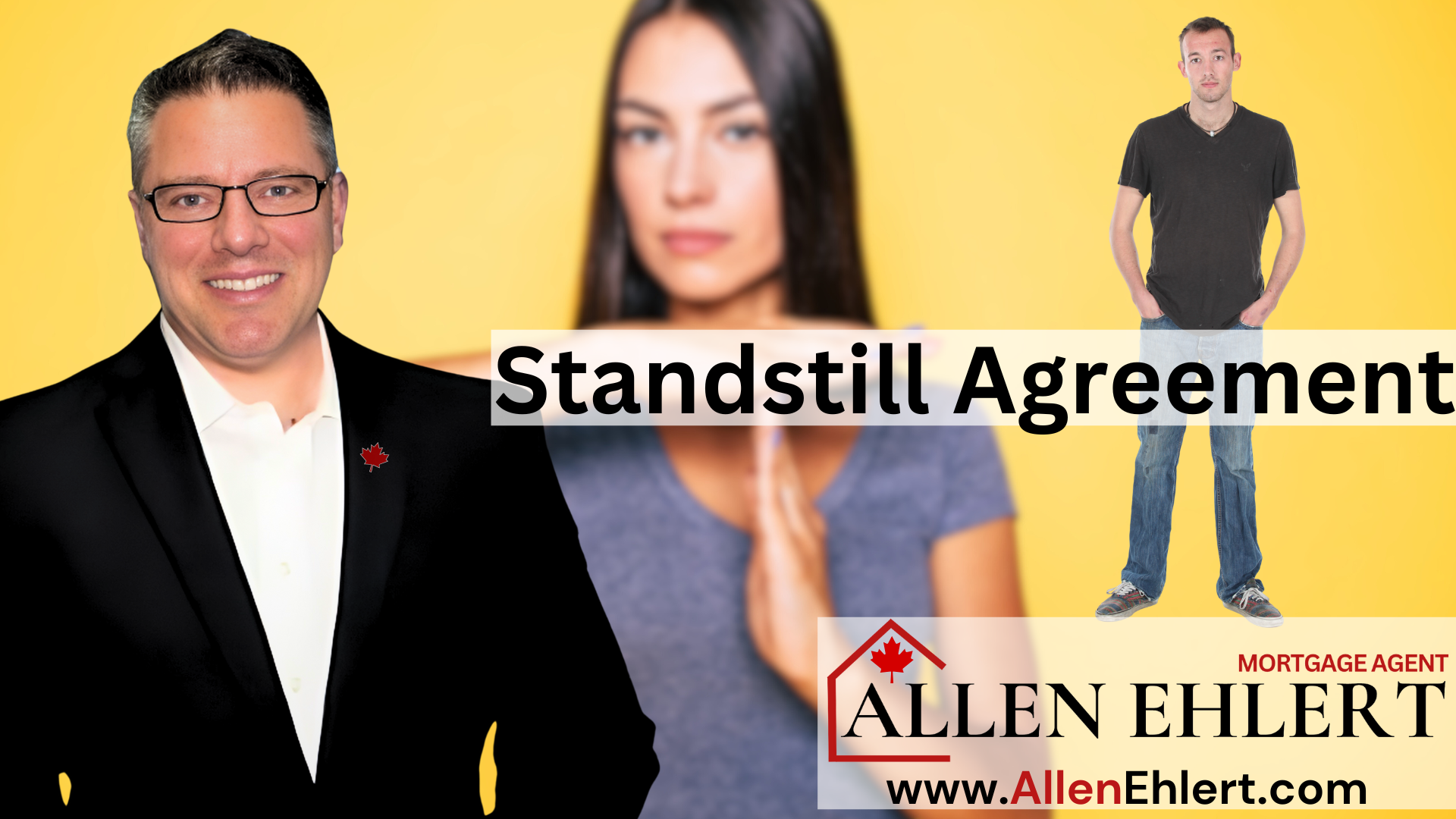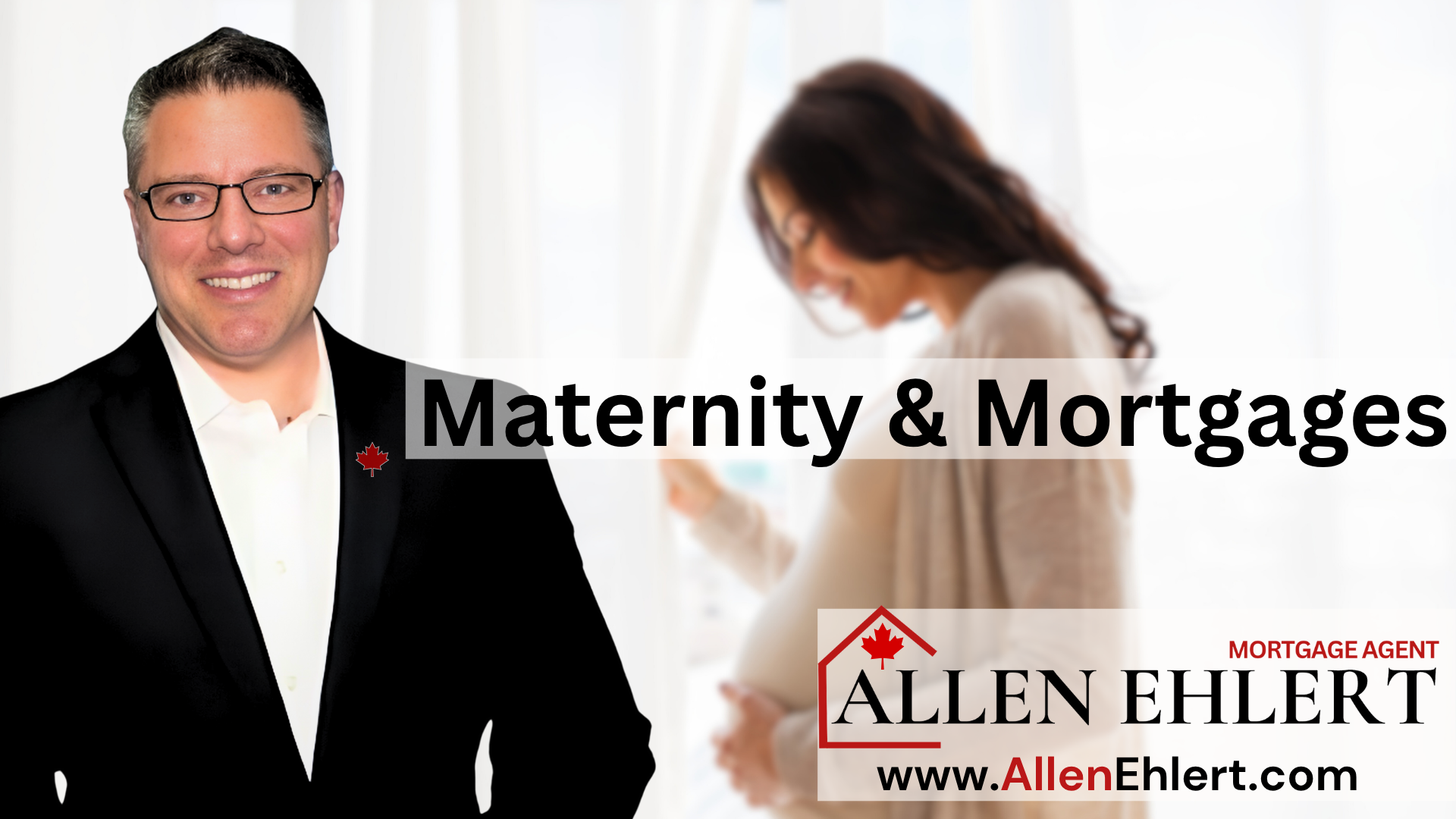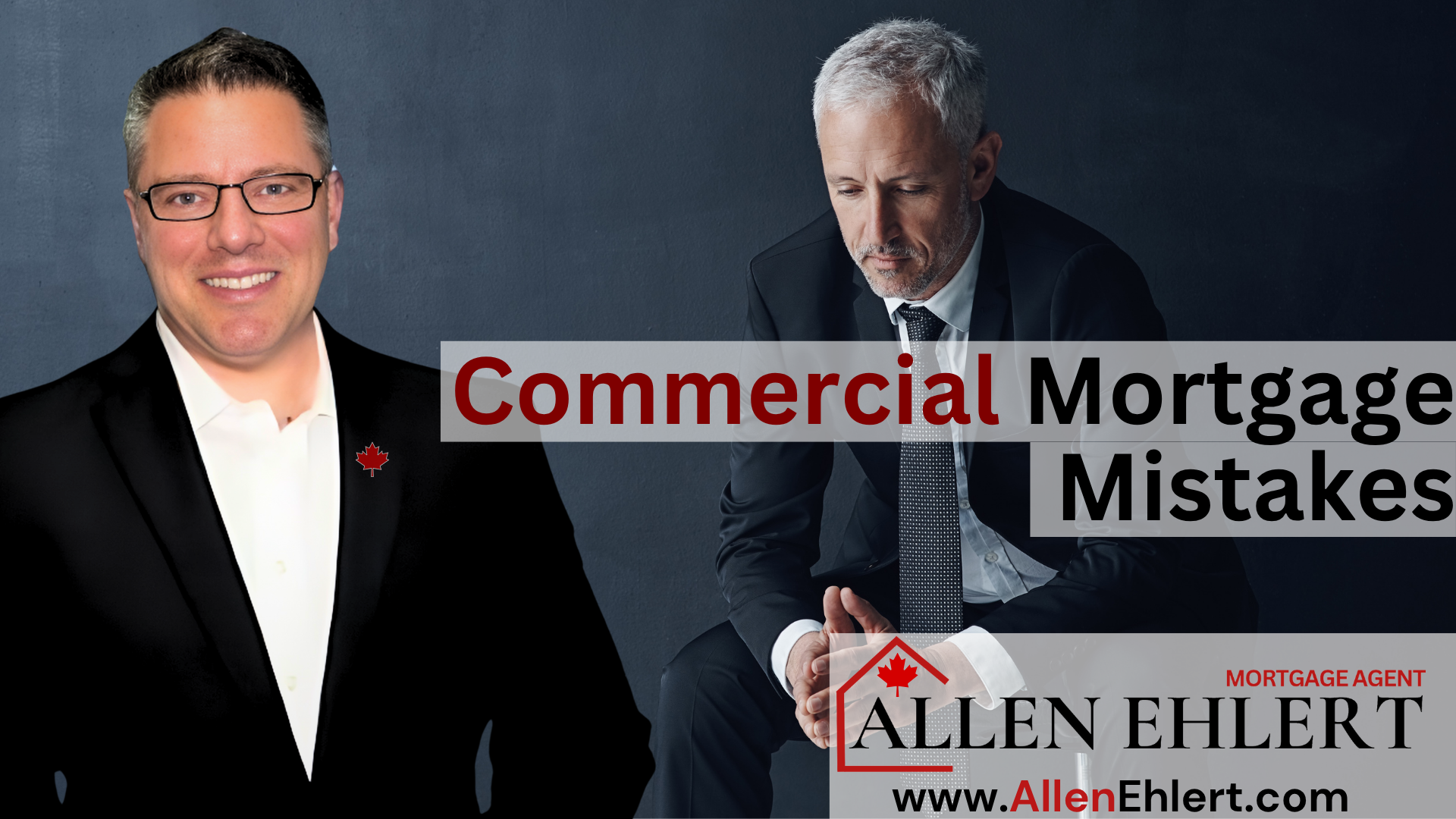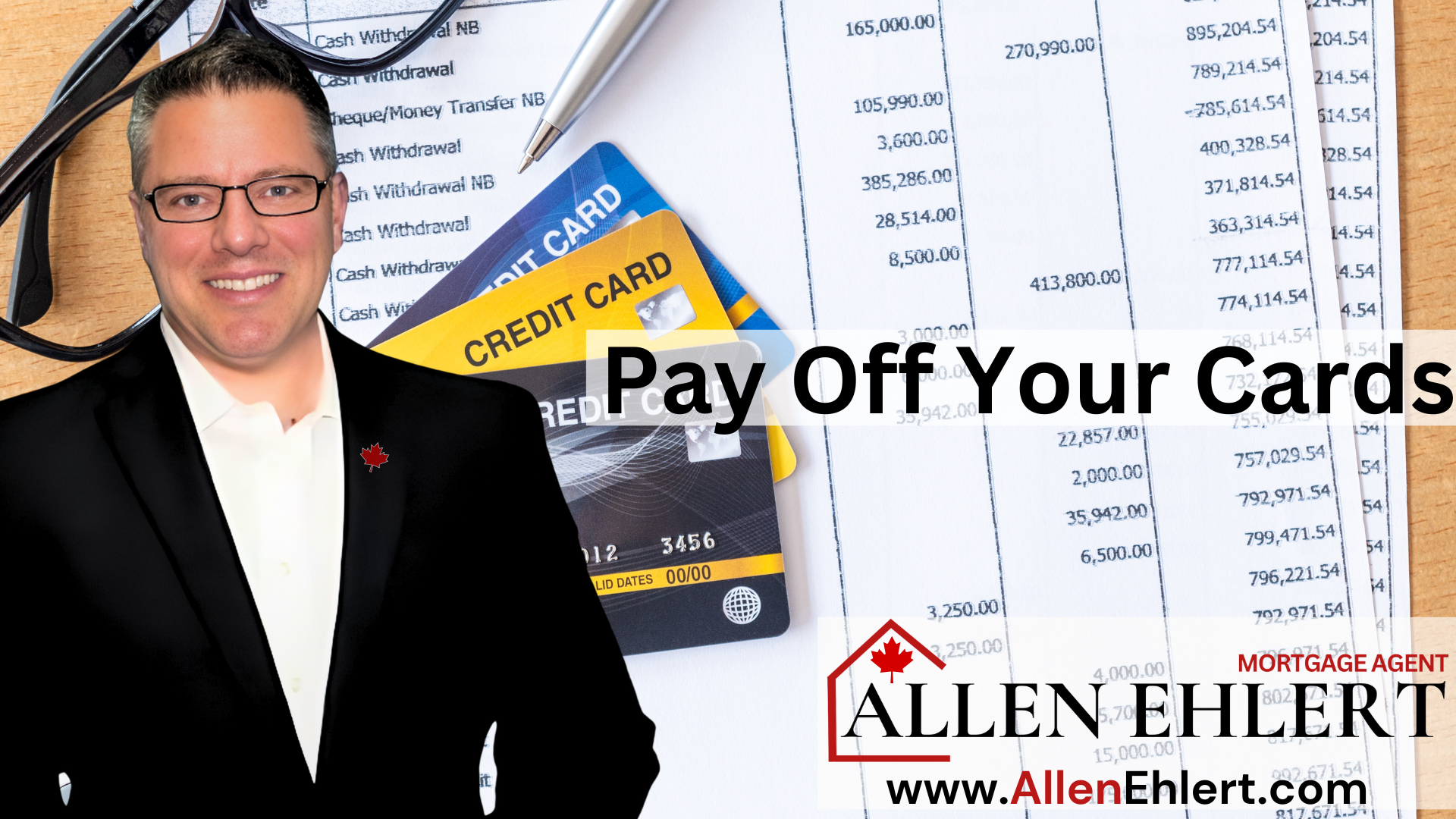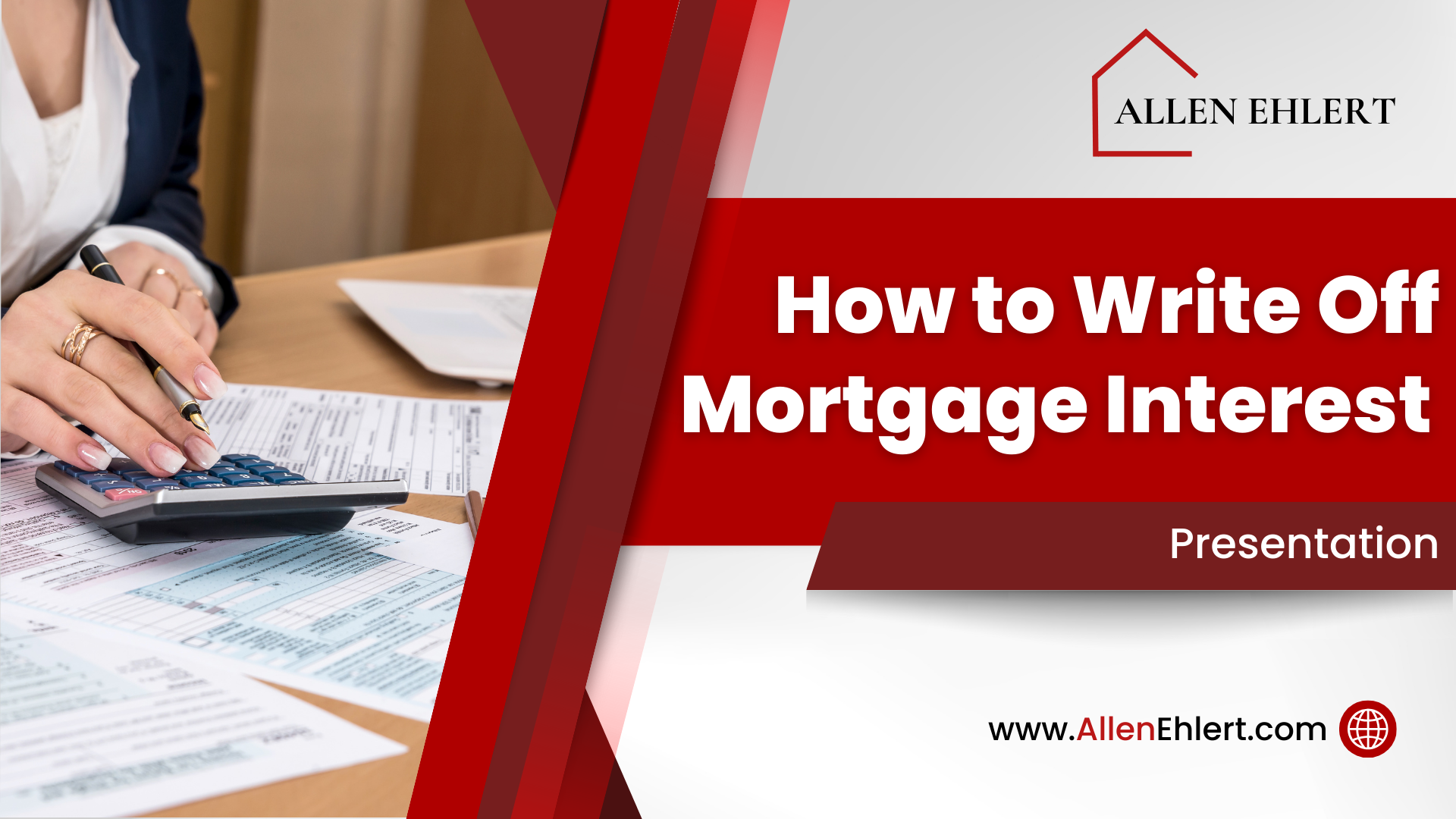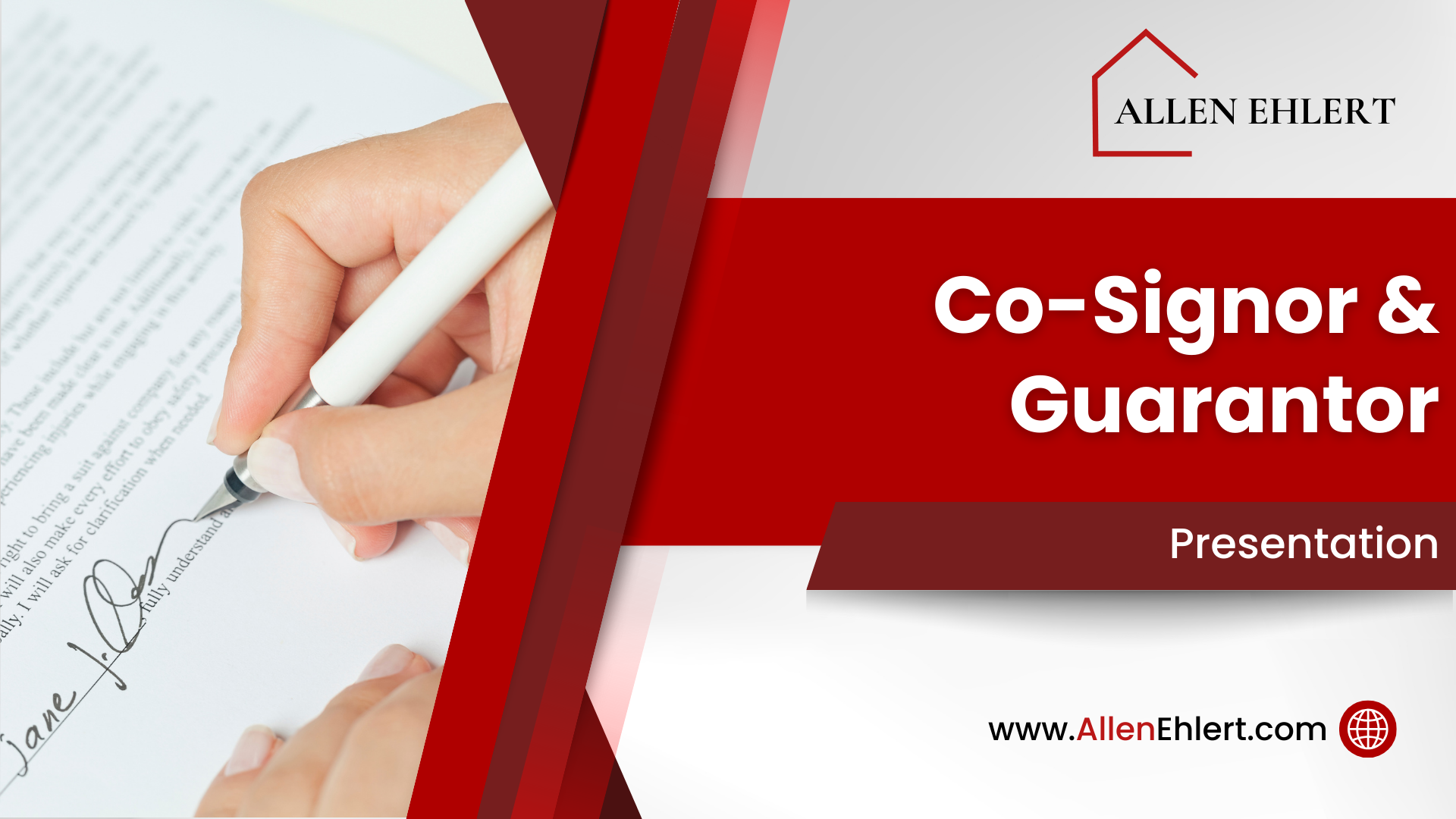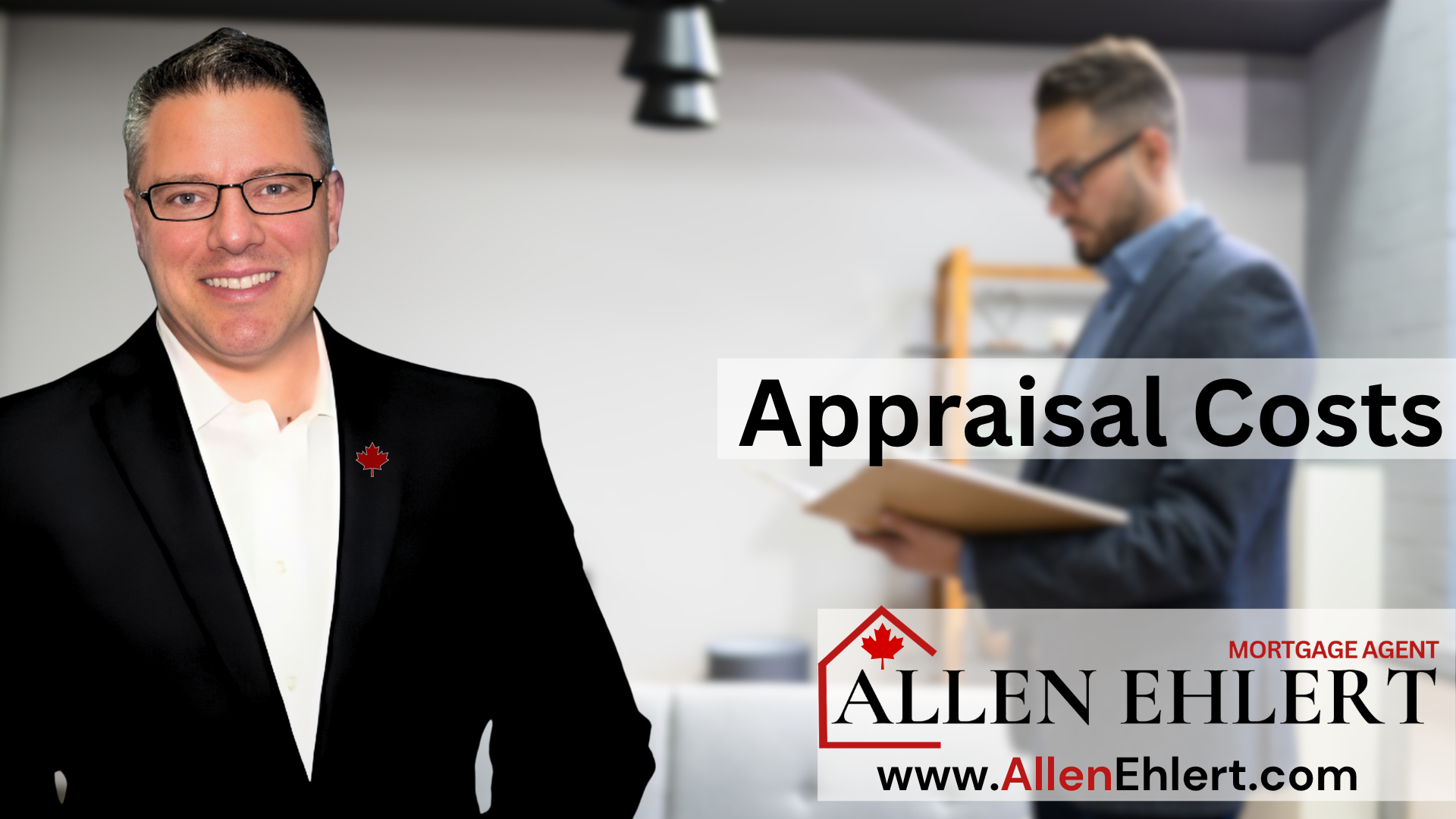… Why Refinancing Isn’t Always the Silver Bullet
If you’re staring down a mountain of credit card debt — say $60,000 or so — you’re not alone. Between rising living costs, high interest rates, and a few life curveballs, it doesn’t take much for balances to spiral out of control. When that happens, most people start thinking, “Maybe I should just use my home equity to wipe this out.”
It’s not a bad idea — but it’s not always the right one either.
As a mortgage agent, I help Canadians evaluate whether refinancing, a HELOC, a second mortgage, or even a reverse mortgage makes the most sense. The best solution depends on your timeline, your existing mortgage, and yes — those sneaky penalties and fees that often get overlooked.
In this article, I’ll discuss:
The True Cost of Paying Off $60,000 in Credit Card Debt
Option Two: HELOC (Home Equity Line of Credit)
Real Story: When the Penalty Made All the Difference
How Realtors and Clients Can Apply This Knowledge
The True Cost of Paying Off $60,000 in Credit Card Debt
Let’s start with a reality check. Credit card rates hover around 19% to 21%, but that’s not what you pay! You see, credit cards are not like mortgages that compound semi-annually, like bonds. No, credit cards compound daily! In plain English, you are actually paying more than 23.37% interest, not 21%. If you carry $60,000 at that rate for five years, you’ll pay roughly $106,980 in interest alone. That’s crazy! That’s money that never builds equity, never improves your lifestyle — it just vanishes.
So yes, using home equity to clear that debt sounds smart. But the real question is: what’s the total cost after you add mortgage penalties, legal fees, and setup costs?
Let’s look at each option side by side.
Option One: Full Refinance
This is where you replace your existing mortgage with a new, larger one — say, from $500,000 to $560,000 — and use the extra $60,000 to pay off debt.
Typical Costs:
| Fee Type | Amount | Notes |
| Penalty (fixed-rate IRD) | $0–$15,000 | Varies widely by lender |
| Legal & Appraisal | $1,500–$2,000 | Standard refinance costs |
| Total | $1,500–$17,000 | Depending on penalty |
Interest Rate: ~5.0% fixed
5-Year Interest Cost on $60K: ≈ $8,000
If your mortgage penalty is small (under $8K), refinancing is almost always the cheapest move. You go from paying 19% interest to 5% — saving tens of thousands in interest over five years.
But if your lender hits you with a $15,000 penalty, that savings shrinks fast.
Best for:
Homeowners with a low penalty or approaching renewal.
Watch out for:
Big IRD penalties if you’re mid-term on a fixed rate with a chartered bank.
Option Two: HELOC (Home Equity Line of Credit)
A HELOC lets you borrow against your home equity without breaking your mortgage. It’s like a massive credit card with a much lower rate — and you only pay interest on what you use.
Typical Costs:
| Fee Type | Amount | Notes |
| Appraisal | $300–$500 | Confirms home value |
| Legal/title | $0–$500 | Sometimes waived |
| Total | $300–$1,000 | Low setup cost |
Interest Rate: Prime + 0.5% ≈ 7.2%
5-Year Interest Cost on $60K: ≈ $21,600
This option avoids the refinance penalty, keeps your existing mortgage intact, and gives flexibility. The key is discipline — you must commit to paying down principal, not just making interest payments.
Best for:
Borrowers with high mortgage penalties or who want flexibility.
Watch out for:
Rising variable rates and temptation to make minimum payments only.
Option Three: Second Mortgage
A second mortgage is a separate loan secured behind your existing one, usually from a private or alternative lender. It’s fast, flexible, and doesn’t disturb your first mortgage — but it comes at a price.
NOTE: Most lenders don’t allow you to put a second mortgage behind their first mortgage.
Typical Costs:
| Fee Type | Amount | Notes |
| Lender Fee | 1–3% ($600–$1,800) | Deducted from loan |
| Broker Fee | 1–2% ($600–$1,200) | Common with private lenders |
| Legal & Appraisal | $1,500–$2,000 | Two lawyers involved |
| Total | $3,000–$5,000 | Upfront cost |
Interest Rate: 10–12% (interest-only common)
5-Year Interest Cost on $60K: ≈ $30,000+
It’s fast and flexible, but expensive over time. This should be seen as a short-term bridge solution — not a long-term fix.
Best for:
Borrowers with bruised credit or low income documentation who need quick relief.
Watch out for:
Renewal risk — private terms are often 12 months and can add up quickly.
Option Four: Reverse Mortgage
If you’re 55 or older and don’t want monthly payments, a reverse mortgage can unlock equity without affecting cash flow.
Typical Costs:
| Fee Type | Amount | Notes |
| Legal & Appraisal | $1,500–$2,500 | One-time |
| Setup Fee | $995–$1,495 | Lender charge |
| Total | $2,000–$3,500 | Standard range |
Interest Rate: ~7.8% (compounding)
5-Year Growth on $60K: ≈ $87,000 owed after 5 years
It’s not cheap, but it’s cash-flow friendly — no payments required until you sell or refinance.
Best for:
Homeowners 55+ who prioritize cash flow over minimizing interest.
Watch out for:
Interest compounds monthly, meaning your balance grows over time.
Real Story: When the Penalty Made All the Difference
A few months back, I met a couple of homeowners from London. They had $60,000 in credit card debt, and their first instinct was to refinance their $480,000 mortgage at Scotiabank.
When we called for their payout statement, the penalty came in at $14,500 — and they still had four years left on their 5-year fixed term.
Instead of paying that penalty, we explored a HELOC with their existing lender. The setup cost was just under $800. The rate was higher than a mortgage, yes, but even with that, their total cost over five years came in around $22,000 — versus over $30,000 if they’d paid the penalty and refinanced early.
By structuring their HELOC into a 5-year repayment plan and automating their payments, they stayed on track, avoided unnecessary penalties, and saved almost $9,000 in total cost.
Sometimes the best move isn’t the one with the lowest rate — it’s the one that keeps more money in your pocket.
How Realtors and Clients Can Apply This Knowledge
For realtors, understanding these differences gives you a serious edge. When clients are struggling with debt or financing renovations, you can ask:
“Have you checked whether your mortgage is open to adding a HELOC, or if you’d face a penalty to refinance?”
That one question positions you as a trusted advisor, not just a salesperson. It also helps you guide clients toward the right financing path before they list, renovate, or buy.
For clients, this information empowers you to make confident, cost-effective decisions. Before you move forward, ask:
- What will my penalty be if I refinance?
- What are my setup fees and total borrowing costs?
- How long will it take to pay off the debt at this rate?
That’s the difference between acting out of stress — and acting with strategy.
Allen’s Final Thoughts
When you’re dealing with $60,000 in credit card debt, the goal isn’t just to find the lowest rate — it’s to find the smartest path forward.
If your mortgage penalty is low, refinancing is usually the most cost-effective move. If your penalty is high, a HELOC often wins by avoiding thousands in fees. A second mortgage can be a temporary bridge, and for those over 55, a reverse mortgage can protect cash flow while eliminating debt.
Every option has its place — but the right one depends on your numbers, your goals, and your future plans.
As a mortgage agent, my job is to help you sort through those choices, calculate your real costs, and build a strategy that actually improves your financial picture — not just your monthly payment.
So before you make a move, let’s sit down and run the numbers together. You’ll walk away knowing exactly what makes sense — and what doesn’t. Because in this market, smart beats fast every single time.



